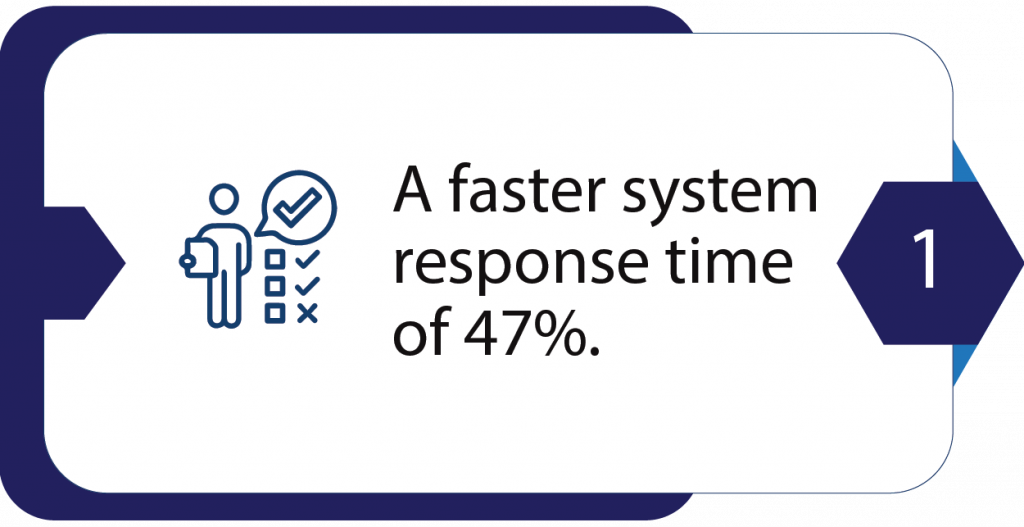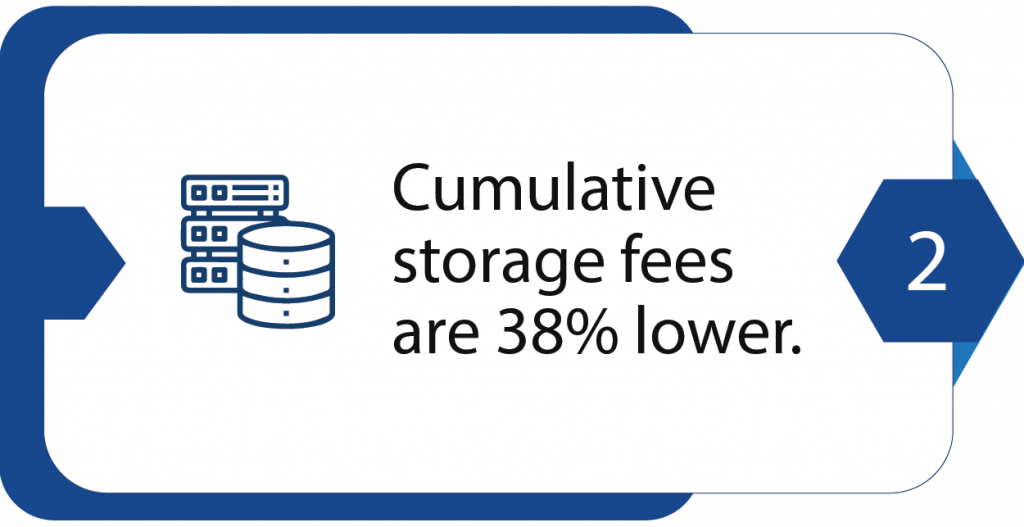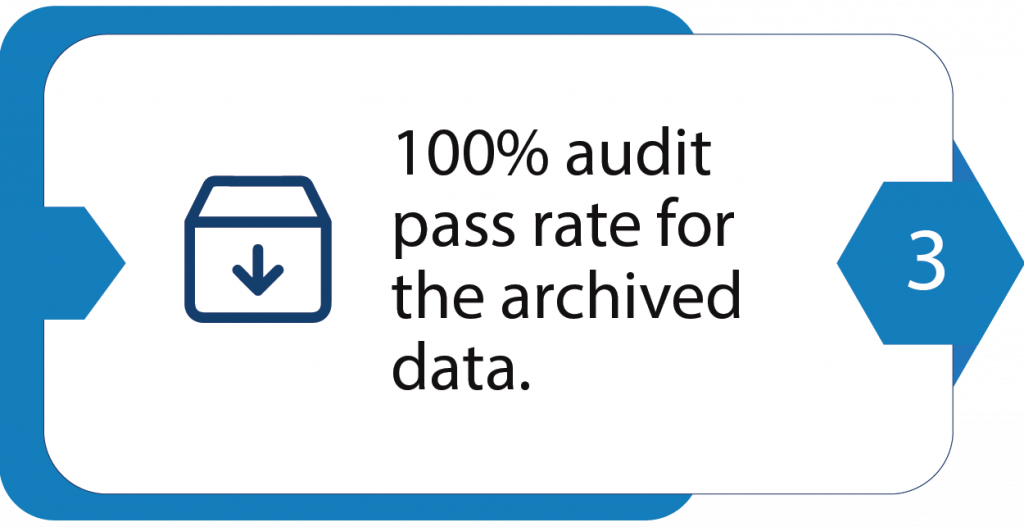
Here’s What You Will Learn in This Blog
- Introduction
- Key Goals of SAP Data Archiving
- Detailed Breakdown of SAP Archiving Process
- SAP Data Archiving Destination Options
- Additional Cloud Archive Options
- Comparing Archiving Options
- SAP Data Archiving for Financial and Business Applications
- Enhancing SAP Artificial Intelligence with Archiving
- Role of SAP Consulting Firms in Achieving
- Common SAP Data Archiving Challenges
- Nsight: The Ideal SAP Partner
- Case Study: High-speed, Low-cost Archiving
- Future Trend: Cloud and AI-driven SAP Archiving
- FAQs
- Conclusion
Introduction
With today’s rapid advancement in digital-first business, it’s easy to appreciate the robust capabilities of the SAP Data Archiving solution. Transactional or operational data grows as organizations expand their business with integrated applications such as financial solutions, SAP, SAP Ariba sourcing, and SAP CRM. It all adds up fast! Without a standardized strategy for archiving this data, it can saturate the system, causing performance lags, higher infrastructure costs, and more complicated compliance issues.
According to IDC, the global datasphere is projected to reach 175 zettabytes by 2025, and enterprises generate over 60% of this data. As organizations increasingly rely on integrated software and business applications such as financial solutions, SAP, SAP Ariba sourcing, and SAP CRM software, the volume of transactional and operational data continues to surge, growing at an average rate of 30-40% annually in many industries. Without a structured archiving strategy, this data can overwhelm system resources, leading to performance lags, rising storage costs (estimated at $3.01/GB/month for on-premise systems), and complex compliance challenges.
Efficient SAP data archiving lets a system maintain speed by moving off-line information, reducing processing demands. This is very helpful regarding reporting speed and the allocation of database resources. As we strive for digital optimization, IT landscapes with sharp limits and swift responses are essential.
In addition to performance, SAP archiving supports long-term expansion, legal compliance, and system modernization. If enterprises adopt a disciplined approach to data handling, the business information lifecycle can be managed. Archived data can be securely retained or deleted as needed, reducing legal risks and ensuring adherence to global mandates like GDPR and SOX.
This becomes especially crucial when preparing for upgrades to next-gen platforms like SAP S/4HANA, where leaner data volumes translate into faster, more cost-effective migrations. SAP archiving empowers enterprises to balance active, archived, and obsolete data, driving operational efficiency while supporting current and future business growth.

Key Goals of SAP Data Archiving
Here are the primary objectives:
● Maintain System Stability
● Prevents uncontrolled database growth.
● Reduces the risk of system crashes and slowdowns.
Improve System Performance
● Minimizes table size for faster queries, batch jobs, and processing.
● Enhances overall system responsiveness.
Reduce Infrastructure Costs
● Smaller data footprint = lower storage, backup, and maintenance expenses.
● Delays expensive hardware upgrades.
Ensure Legal and Compliance Adherence
● Meets GDPR, SOX, and HIPAA requirements.
● Allows secure deletion of obsolete data.
Enable Data Lifecycle Management
● Implements rules for active vs. archived data.
● Promotes data discipline and governance.
Support Upgrades and Migrations
● Essential for moving to S/4HANA with less data to process.
● Lowers the cost and time for migration projects.
Detailed Breakdown of SAP Archiving Process
SAP S/4HANA Archiving follows a five-step approach:
| Step | Key Actions |
| Define a Strategy for Archiving | Select business objects, the types of compliance policies, and the destination where they will be archived |
| Analyze & Prepare Data | Using SAP Data Volume Management (DVM) and DB15 to locate large tables |
| Configure Archiving in SAP | Using the transaction SARA to define archiving objects and retention rules |
| Execute Archive Jobs & Validate | Schedule tasks, run validations, and ensure integrity and accessibility |
| Retrieve Data & Optimize | Use SAP AIS, Fiori/AI-based analytics and other tools to access archived information. |
SAP Data Archiving Destination Options
Here are five traditional options:
SAP ILM (Information Lifecycle Management)
Offers seamless archiving and retention policy enforcement integrated into the SAP system.
PBS Add-ons
Optimized for large-scale data. Supports real-time access to archived data while maintaining performance.
OpenText Archiving
A robust document/content management platform. Ideal for integrating unstructured data with SAP.
Content Server
A centralized repository. Secure and compliant but basic in functionality.
File System
Easiest to set up using local storage. Not ideal for long-term, critical access.
Additional Cloud Archive Options
| Cloud Platform | Highlights |
| Amazon S3 | Scalable, secure cloud storage with strong compliance support |
| Google Cloud Storage | Great for long-term archiving, supports lifecycle automation |
| IBM Cloud Object Storage | Secure, scalable, AI-ready for archived analytics |
| Microsoft Azure Blob | Perfect for hybrid SAP systems with advanced disaster recovery options |
Comparing Archiving Options
| Feature | SAP ILM | PBS | Open Text | Azure Blob | File System |
| Compliance Support |  |  |  |  |  |
| Real-time Access |  |  |  |  |  |
| Ease of Integration |  |  |  |  |  |
| Best for Unstructured Data |  |  |  |  | |
| Long-term Archival Durability |  |  |  |  |  |
SAP Data Archiving for Financial and Business Applications
SAP archiving becomes indispensable when handling data from:
● SAP ERP demos are used for testing scenarios
● SAP Ariba sourcing modules that create large document flows
● Management system software tied to compliance-heavy industries
● SAP CRM software tracks thousands of customer interactions
● SAP demand planning with time-series datasets
Each use case generates significant data volumes that need structured lifecycle control for optimal performance.
Enhancing SAP Artificial Intelligence with Archiving
With SAP incorporating AI, especially in analytics and SAP S/4HANA Fiori apps, archived data supports:
● Historical trend analysis
● Predictive insights for SAP demand planning
● Training models for AI tools using cleansed, high-integrity archived data.
This underpins modern software business applications focused on strategic insights.
Role of SAP Consulting Firms in Achieving
Professional SAP consulting services ensure:
● Tailored archiving strategies
● Legal and performance audits
● Smoother upgrades
● Reduced compliance risk
Searching for “SAP providers near me” often reveals a list, but only a few offer specialized knowledge across modules.

Common SAP Data Archiving Challenges
This is where working with a SAP consulting firm becomes crucial.
● Lack of internal knowledge
● Improper transaction SARA configuration
● Non-compliance with preservation rules
● Limited access to archived data post-migration
Nsight: The Ideal SAP Partner
Nsight provides
● Highly Skilled & Experienced: This is possible only because we have long-term know-how in SAP and professional digitization. The results can be seen across the entire process chain and infrastructure.
● Performance Optimization: Leaner systems with enhanced speed.
● Compliance & Security: Meets GDPR, HIPAA, and SOX mandates.
● Custom Solutions: Hybrid, On-site, and Cloud-based Services.
● Systemized Processes: Best practice access workflows.
● Continuous improvement: Proactive enhancement and cost savings.
Case Study: High-speed, Low-cost Archiving
A leading manufacturing client using SAP CRM software and Ariba sourcing modules faced system lags and compliance audit issues. Nsight implemented SAP ILM and Azure Blob archiving. Results:



● A faster system response time of 47%.
● Cumulative storage fees are 38% lower.
● 100% audit pass rate for the archived data.
Future Trend: Cloud and AI-driven SAP Archiving
Following trends:
● Artificial intelligence-optimized management of the data lifecycle process.
● Whole cloud-native storage from Microsoft, Amazon, and Google.
● Integrate with machine learning modules.
● Support for edge computing and real-time analytics.
FAQs
Concerning their compliance and audit purposes, SAP OpenText and ILM.
Yes, using SAP Archive Information System (AIS) plus Fiori tools.
Reducing data volume, accelerating implementation, and delivering lower risk.
Yes! Providers like IBM, AWS, and Azure meet all encryption standards.
Historical finance, CRM logs, logistics documents, and legacy reports.
It helps customize plans, ensure conformance, and deliver comprehensive prescriptions across their databases in modules.
Conclusion
SAP Data Archiving is far from just an intensive performance booster in today’s world. It is really a major strategic approach needed for compliance and legal liability in the future. With this in mind, if you’re operating software manufacturer processes, fiscal information SAP, or perhaps systems application product module models, the correct archiving method ensures success.
With a complete suite of SAP consulting services, tools, procedures, and partnerships, Nsight will ensure that your archived data not only works with your company but also benefits you!
Be Future-ready CRM starts with SAP S/4HANA.
About the Author

Praveen Sharma is a distinguished digital and SAP S/4HANA techno-functional transformation expert with over 25 years of experience. As a Delivery Lead, he excels in project planning, execution, and governance, while building and maintaining robust customer relationships. Praveen leverages the latest SAP technologies, including SAP S/4HANA, SAP Business Technology Platform (BTP), and SAP Analytics Cloud, to help clients improve operations, enhance efficiency, and reduce costs.





